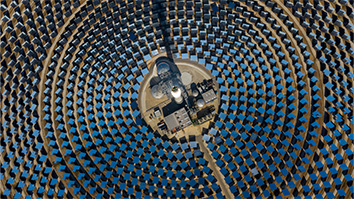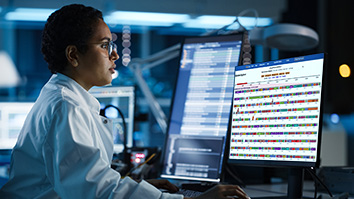Citation
Eisaman, M. D.; Alvarado, L.; Larner, D. L.; Wang, P.; Garg, B.; Littau, K. A. CO2 separation using bipolar membrane electrodialysis. Energy & Environmental Science. 2011 April; 4 (4): 1319-1328.
Abstract
Caustic solvents such as sodium or potassium hydroxides, converted via CO2 capture to aqueous carbonates or bicarbonates, are a likely candidate for atmospheric CO2 separation. We have performed a comprehensive experimental investigation of CO2 gas regeneration from aqueous potassium carbonate and bicarbonate solutions using bipolar membrane electrodialysis (BPMED). This system allows the regeneration of pure CO2 gas, suitable for subsequent sequestration or reaction to synthetic hydrocarbons and their products, from aqueous carbonate/bicarbonate solutions.
Our results indicate that the energy consumption required to regenerate CO2 gas from aqueous bicarbonate (carbonate) solutions using this method can be as low as 100 kJ (200 kJ) per mol of CO2 in the small-current-density limit.


